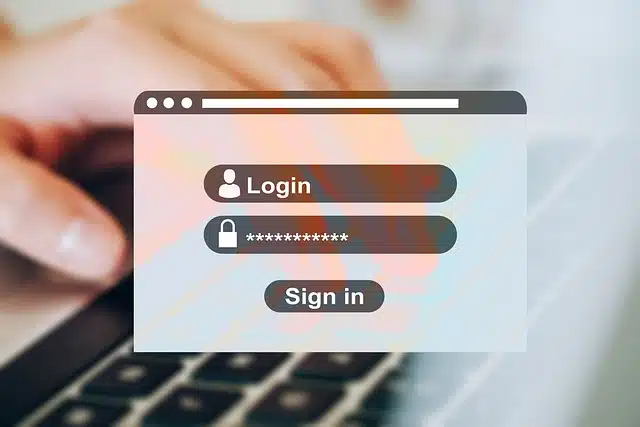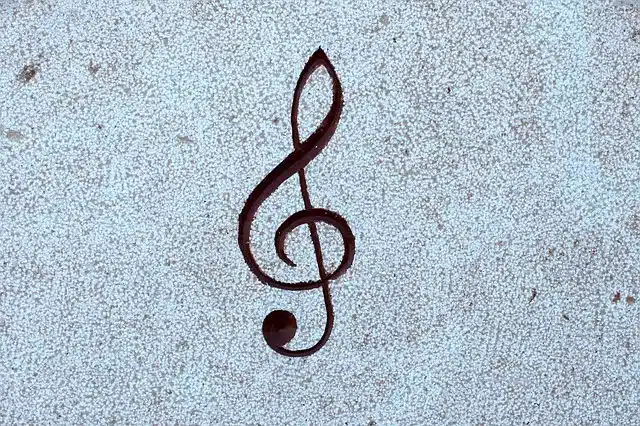
A key can be a combination of signs.
A key is a code of agreed signs used to transmit a secret or private message. The etymological origin of the term is found in the Latin word clavis , which means key .
A key is also the sign or combination of signs that allows certain devices to operate or enter a restricted space. This use of the concept is very common on the Internet , where keys or passwords allow a user to access their personal email account or other service ( "The key to my email account is my daughter's birthday" ).
These two meanings of the notion of key are linked to its etymological origin, since the key functions as a key to access a secret message or private information and content.
The key as something fundamental
On the other hand, a key is something fundamental or decisive , which allows you to explain or justify something: "The key to the victory has been the performance of the goalkeeper" , "Tomorrow will be a key day in the trial for the triple crime" , "The key of success does not exist even if everyone strives to look for it .
In architecture , the stone used to close an arch or a vault is known as a key.

The treble clef is the most used in music.
The concept in music
In the field of music , a clef is a sign that is written at the beginning of the staff to determine the name of the notes that will appear next. The most used clef in music is the treble clef .
The function of a musical key is to locate the person who interprets a certain melody within a key, using those notes that are harmonically associated with each other and associating them with the spaces and lines of the staff.
There are many possibilities of clefs and positions on the staff , however only seven of these are used. It is important to note that for a melody graphed on a staff to have meaning and coherence, it must contain a key at the beginning ; Furthermore, this can change throughout the piece. When modulations are made, it is not necessary to change the key, if it will return to the original key, but if the change is drastic and will be maintained for the rest of the work, it is necessary to change the key used.
The instrument that plays the score must adapt to the range of notes imposed by said key . The fundamental objective of the key is to clarify the writing as much as possible, avoiding clarifications as much as possible so that the reading of said score is simple and the performer can also understand the thread that the composer had to choose one note or another, within a tone .
Deprecated key
Seeking greater clarity is that certain keys have fallen into disuse. Such is the case of the clef of SOL in the third, because its tessitura and the name of the notes is exactly equivalent to the clef of C in the first and therefore it does not make much sense that there are different clefs to express the same thing and it was chosen for one of them, which has acquired an academic and universal character .
It is worth mentioning, in case it is not clear, that the fundamental objective of the key is to mark the tessitura in which said piece should be interpreted . The fourth key being the most used in piano scores and indicates that it will start from the central C.
